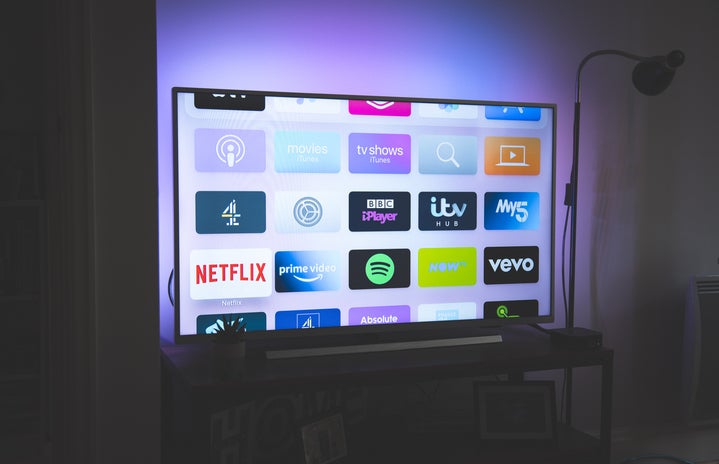Hollywood, the epicenter of the global entertainment industry, has long been scrutinized for its portrayal of various communities. One group that has been persistently misrepresented and marginalized in films is the Latinx community.
Despite the growing cultural and economic influence of Latinx individuals in the United States, their on-screen presence remains minimal and imprecise. This article delves into the pervasive misrepresentation of the Latinx community in films and its impact on society.
Stereotypes on the Silver Screen
One of the most significant issues plaguing the depiction of Latinx people in films is the abundance of harmful stereotypes. Latinx characters are often reduced to one-dimensional portrayals that revolve around clichés and misconceptions. These stereotypes encompass a range of problematic archetypes, including the Latin lover, the hot-tempered gang member, the sultry seductress, and the comedic sidekick with a heavy accent.
One striking example of this is the character of Tony Montana, portrayed by Al Pacino in Brian De Palma’s “Scarface” (1983). Tony Montana, a Cuban immigrant, is depicted as a ruthless drug lord with a violent temperament.
While Pacino’s performance is celebrated, it has been criticized for perpetuating the dangerous, criminal Cuban immigrant stereotype.
These stereotypes fuel harmful biases and limit the diversity of Latinx experiences and perspectives in cinema. Hollywood diminishes the potential for meaningful, authentic storytelling by continually portraying Latinx individuals through these narrow lenses.
The Underrepresentation Dilemma
Beyond misrepresentation, Latinx actors and actresses have faced a persistent lack of opportunities in Hollywood. The 2023 LDC U.S. Latinos in Media Report discovered that from 2018—the first year LDC released its report—through 2021, Latin presence in front of and behind the screen briefly grew. In the subsequent year, Latino representation decreased virtually in all categories and has since gradually increased.
In 2021, 2.9% of leading roles, 3.7% of co-starring characters, 2.5% of showrunners, and 2.5% of directors were Latino. These percentages declined to 2.6%, 2.6%, 1.4%, and 1.5%, respectively, the following year, despite an increase in the overall Latino population of the United States from 18.7% to 19%. The percentage of Latino leads, co-leads, showrunners, and directors has increased this year to 3.3%, 5.7%, and 1.6%, respectively.
Despite this seemingly small victory of on-and-off-screen Latino appearances, Latinx has often been overlooked during award season, a glaring oversight exemplified by the scarcity of Latinx actors and filmmakers receiving nominations and awards.
An example of underrepresentation is actress Gina Rodriquez. Despite her acclaimed performance in the TV series “Jane the Virgin,” Rodriguez has publicly lamented the scarcity of roles available to Latinx actors in the industry. Her outspoken advocacy for increased representation highlights the challenges Latinx performers continue to face in Hollywood.
Impaction on Society
The ramifications of misrepresentation in films extend beyond the realm of entertainment. Media, including movies, wields immense influence in shaping societal perceptions and reinforcing biases. When Latinx individuals are consistently portrayed as criminals, maids, or exotic novelties, it fosters a skewed understanding of their contributions and struggles.
Moreover, the absence of authentic Latinx representation can lead to feelings of invisibility and marginalization. When individuals do not see themselves accurately reflected in the media, it can adversely affect their self-esteem, self-worth, and sense of belonging in society. It can also reinforce harmful stereotypes and misconceptions among non-Latinx audiences.
Charting a Path Forward
Addressing the misrepresentation of the Latinx community in films necessitates a concerted effort from all stakeholders. Hollywood must actively work to diversify its talent pool by providing more opportunities to Latinx actors, writers, directors, and producers. One notable success story in this regard is Lin-Manuel Miranda, whose groundbreaking work on the musical “In the Heights” helped pave the way for increased Latinx representation in the industry.
Filmmakers must prioritize authenticity and engage with Latinx communities to tell their stories accurately and respectfully. Collaborative efforts that involve community leaders, cultural consultants, and grassroots organizations can ensure narratives that resonate with the rich tapestry of Latinx experiences.
Misrepresenting the Latinx community in films is a long-standing issue with significant real-world implications. Authentic representation and accurate storytelling are paramount to rectifying the historical injustices the Latinx community faces on screen.
Real-life examples of actors like Al Pacino and Gina Rodriguez underscore the urgency of change in Hollywood’s portrayal of Latinx individuals and communities. Only through a collective commitment to diversity and authenticity can the industry begin to address these pressing concerns.
What are your thoughts on the representation of Latinx people in films? Let us know @HerCampusSJSU.


